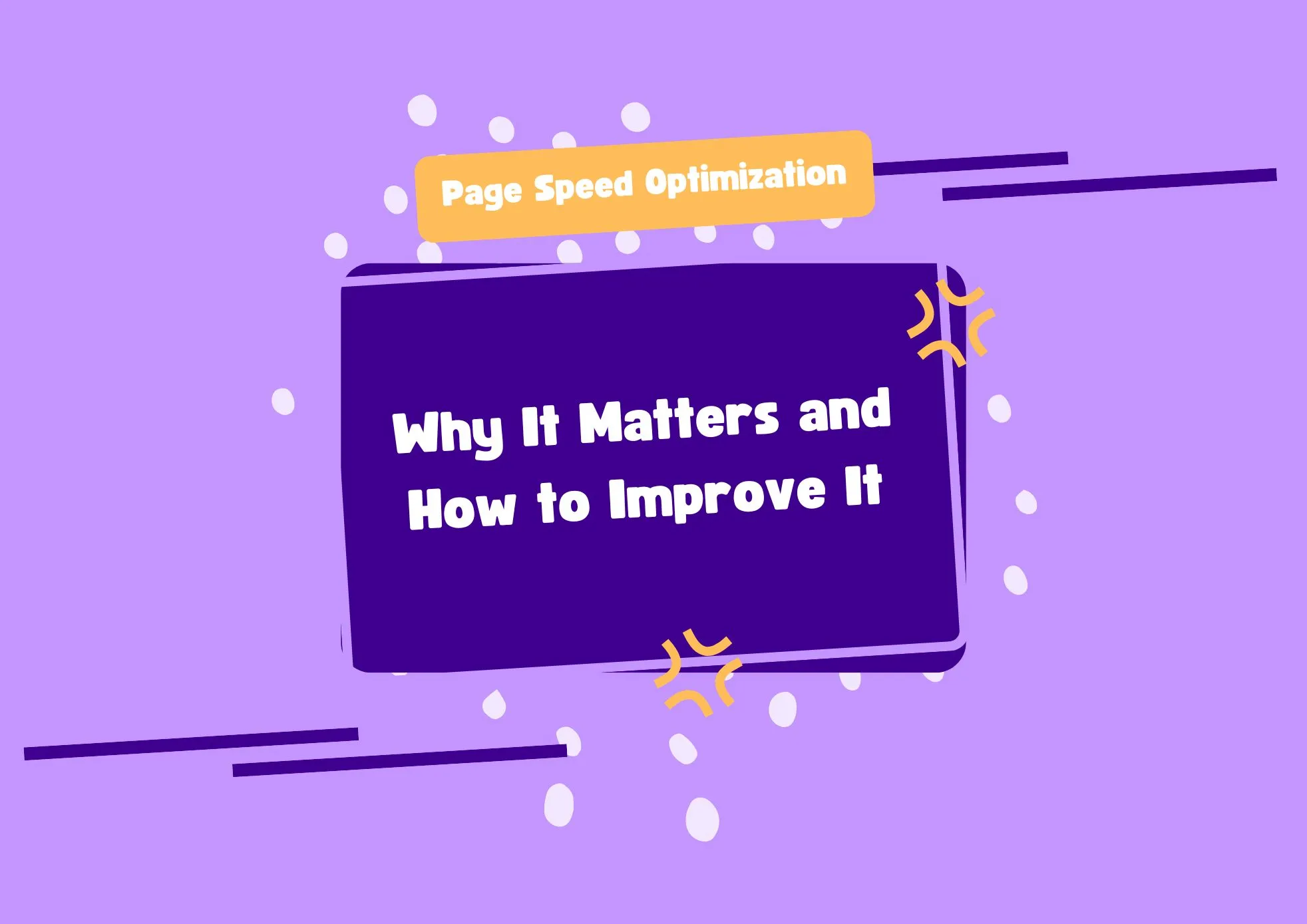What Is Page Speed?
Page speed refers to how quickly a web page’s content loads and becomes interactive for users. It includes various metrics such as First Contentful Paint (FCP), Largest Contentful Paint (LCP), Time to Interactive (TTI), and Total Blocking Time (TBT). Google considers page speed a key factor for both user experience and search engine rankings.
Why Page Speed Matters
- User Experience
Slow websites frustrate users and lead to higher bounce rates. Fast-loading pages offer smoother interactions and greater satisfaction, especially on mobile devices. - Search Engine Optimization (SEO)
Google uses page speed—particularly Core Web Vitals—as a ranking signal. Optimized pages are more likely to appear higher in search results. - Conversion Rates
Delays in load time directly impact conversions. Faster pages tend to keep users engaged and increase the likelihood of purchases or sign-ups. - Mobile Performance
With mobile-first indexing, page speed on mobile devices is more important than ever. Slow mobile pages risk losing visibility and traffic.
Key Techniques for Page Speed Optimization
1. Optimize Images
Compress and resize images without sacrificing quality. Use modern formats like WebP, which offer better compression than traditional formats.
2. Minify CSS, JavaScript, and HTML
Remove unnecessary spaces, comments, and characters in your code to reduce file size and load times.
3. Implement Lazy Loading
Load content such as images and iframes only when they are about to appear on the user’s screen. This reduces initial page load time.
4. Enable Browser Caching
Store commonly used resources locally in users’ browsers, so repeat visits are significantly faster.
5. Reduce Server Response Time
Improve server performance by using faster hosting, database optimization, and reducing resource-intensive scripts.
6. Use a Content Delivery Network (CDN)
Distribute content across geographically dispersed servers to serve users from the closest location, reducing latency.
7. Eliminate Render-Blocking Resources
Ensure that critical rendering paths are not blocked by synchronous JavaScript or CSS. Defer non-essential scripts.
8. Preload Key Resources
Preloading fonts and critical scripts can improve perceived load time and visual stability.
Measuring Page Speed
Google recommends using tools such as PageSpeed Insights, Lighthouse, and Chrome DevTools to analyze and diagnose page speed issues. These tools provide insights on Core Web Vitals and actionable suggestions for improvement.
Core Web Vitals: The Core Metrics
- Largest Contentful Paint (LCP): Measures loading performance; aim for under 2.5 seconds.
- First Input Delay (FID): Measures interactivity; aim for under 100 ms.
- Cumulative Layout Shift (CLS): Measures visual stability; aim for a score less than 0.1.
Meeting these thresholds ensures that your site provides a high-quality user experience.
Page speed optimization is critical for retaining visitors, improving search rankings, and boosting conversions. By following best practices and monitoring Core Web Vitals, webmasters can ensure their websites deliver fast, seamless experiences across all devices.



